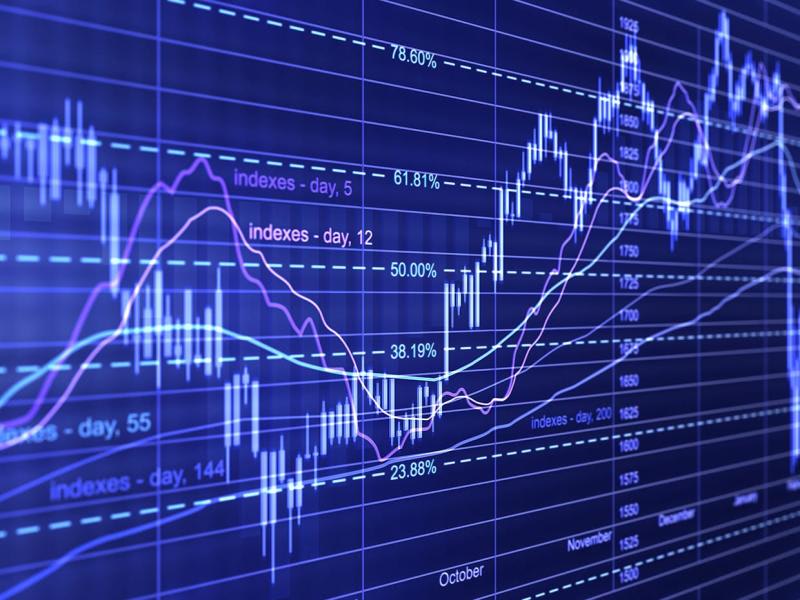AUTHOR
Exchange Traded Fund (ETF) investments are gaining popularity but do we really understand them?
While they can be low-cost and relatively simple, there are a few other things you should know before hopping on board.
According to research conducted by the Australian Stock Exchange (ASX), Australian investment in Exchange Traded Funds (ETFs) has grown significantly in the twelve months ending August 2021 to reach a capitalisation of $122.8 billion – a 74.2% market cap increase in just the last 12 months.
What do these investors know that you don’t?
In a nutshell, ETFs are a type of investment that behave like shares, meaning that they can be bought and sold on the stock exchange, while offering the flexibility and diversification of a managed fund.
In Australia, there are two main types of ETF, physical and synthetic.
Physical
Physical ETFs buy underlying investments like shares and other assets. When you invest in an ETF you don’t directly own the assets, you purchase units. Through the movement of those units investment performance is achieved.
Synthetic
Synthetic ETFs not only purchase underlying fund assets, but their performance is often achieved through investment in derivative products. This makes them a more complex style of investment.
The upsides and downsides
If you’re still wondering why ETFs are so popular, one of the main reasons is that for a relatively low cost, you can access portfolios of shares or property not normally available to individual investors.
Some ETFs track the movement of a single market sector; others track broader markets with hundreds of holdings. Such trading capability provides huge potential for diversity across global and domestic markets.
Depending on the ETF invested into, market or sector risk can apply if that sector of the market the ETF is exposed to underperforms. As already mentioned, owing to their complexity, synthetic ETFs are riskier than physical ones.
Trading prices are readily available but you should be aware that brokers may quote a higher price after factoring in brokerage fees. Further, it’s advisable to check management costs before investing – not all ETFs are the same.
ETFs seem particularly well-suited to investors seeking low-cost portfolio diversification, but as with any investment, professional advice is vital.
For more information
If this article has piqued your interest and you’d like to learn more about ETFs, contact your local RSM adviser to determine if they’re appropriate for your portfolio.
This page has been prepared by RSM Financial Services Australia Pty Ltd ABN 22 009 176 354, AFS Licence No. 238282.
As everyone's circumstances are different and this article doesn't take into account your personal situation, it is important that you consider the above in light of your financial situation, needs and objectives, and seek financial advice before implementing a strategy.
View the Financial Services Privacy Statement and Policy, Complaints Policy and Financial Services Guide





